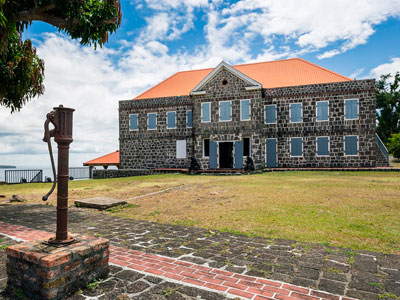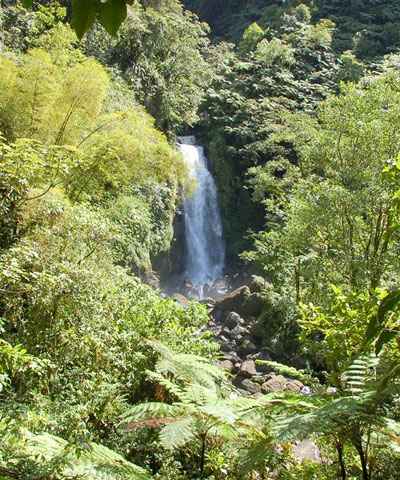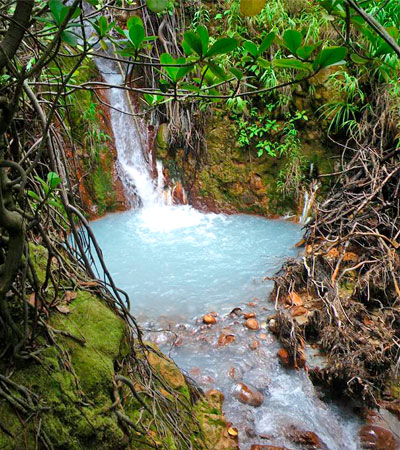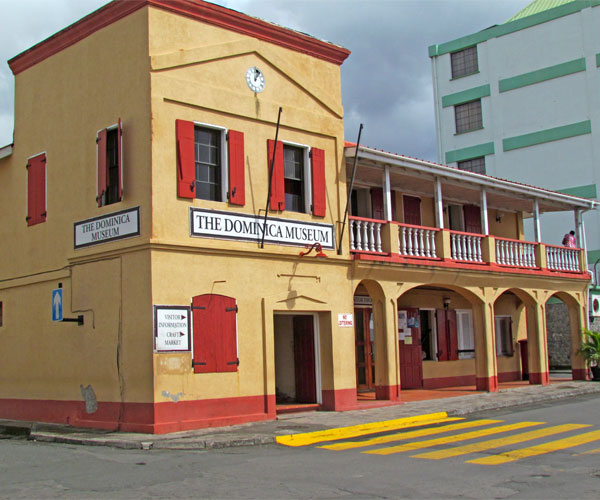

HISTORY
The first inhabitants of Dominica were the Arawaks, the latter were driven out by the Carib Indians during the 14th century. On November 3th 1493, Christopher Columbus, on his second trip, named Domingo Island, Dominica in French and Dominica in English.
The Spanish and the French tried to conquer the island, without success, the Caribs resisting their invasion. Thereafter, the French and the English clashed for the conquest of Dominica, but ended up giving up. In 1660, they abandoned the Caribbean island by declaring the island a neutral zone. In the 18th century, during the period of slavery, the French and the English resumed their conflict for the governance of the island.
In 1898, the island received the status of a colony of the British crown and after a transit through the Federation of British West Indies, it became a state associated with the Commonwealth. And finally, it was on November 3, 1978 that the independence of Dominica was declared. It’s today a republic within the British Commonwealth.

GEOGRAPHY
Dominica, one of the wildest and most mountainous islands in the West Indies, is located south of Les Saintes and Marie-Galante, 29 km south and north of Martinique, 41 km.
It has an area of 754 km2. The island is made up of a chain of peaks, the highest of which is Le Morne Diablotins, which rises to 1447 m. The climate is tropical with abundant rains. The island conceals a humid forest and many rivers.
There are nearly thirty waterfalls that form natural pools or hot springs. Even though Dominica is of volcanic origin, it is covered by dense tropical forest. Morne Trois Pitons National Park, 1,342 m high, is listed as a World Heritage Site by Unesco.
Capital: Roseau

ECONOMY
Dominica’s first economy has been agriculture, and it is still present today for almost 20% of GDP. The orientation, for several years, tends towards a development of tourism, by the establishment of upscale hotel structures, and services, by the establishment of financial services, like the off-shore products, as do ‘other neighboring islands.
Since 2003, Dominica with the support of AFD, ADEME and BRGM, has been carrying out a project to develop the island’s geothermal resources which would be oriented towards the export of electricity by submarine cables, to Guadeloupe and Martinique.
The first phase of well drilling was carried out in 2013. Forecasts by «The Economist» show strong economic growth for the island in the years to come.
PLACES TO VISIT
The Dominica Museum
Morne Trois Pitons National Park
Morne Diablotins National Park
Fort Shirley
USEFUL INFORMATION
Country: Independence
Status: Commonwealth member state
Airport: Canefield and Melville Hall
Climate: Tropical with a rainy season between June and October
Traffic: Driving is on the left. Possibility to buy a day driving license.
Currency: East Caribbean Dollar (EC $) and the US Dollar
Electricity: 220/240 V – 50 Hz
Fees and taxes: 7% accommodation tax. 12% service charge
International telephone call code: +1 767
Language: English and french Creole
TOURISM OFFICE WEBSITE



